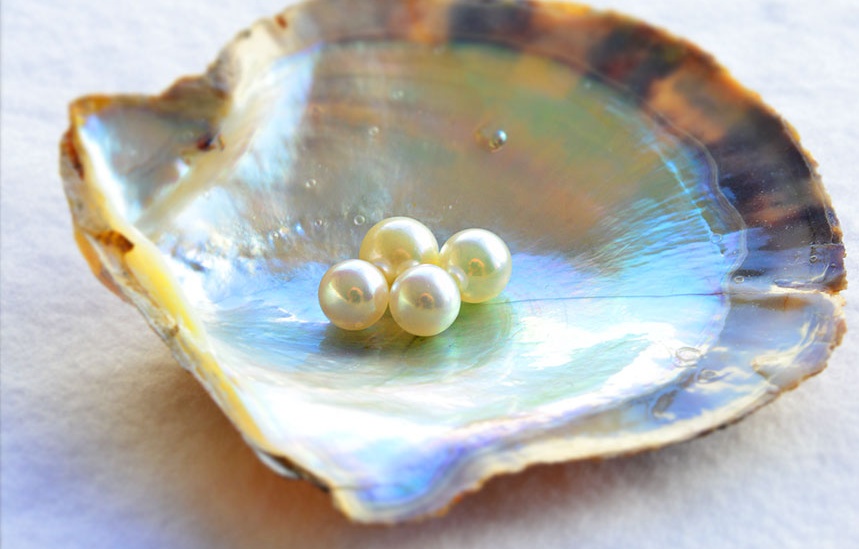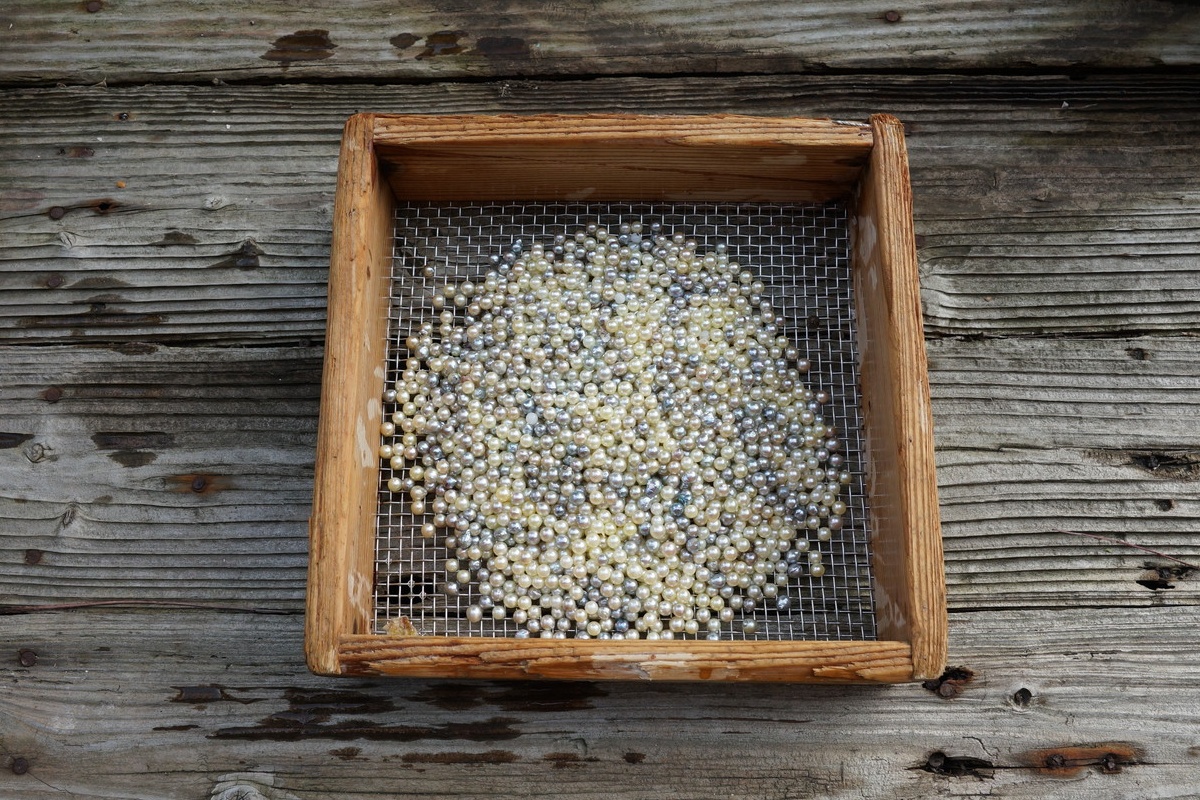The Secrets of Pearl Harvesting in Japan
Look closely through the translucent sheen of any Akoya pearl and you’ll see a rainbow of colors—a joint gift from the growers, the oysters, and the sea itself.
By Local Creators' Markethttps://www.youtube.com/watch?v=F7fnL9GpqZs
Kobe is home to some 200 pearl companies and an international port that dates back to 1868. In the port’s early days the city had a foreign settlement and a hall for traders from abroad. Japanese merchants brought Akoya cultured pearls here, and it was not long before pearl traders began flocking to the city, drawn not only by the ease of export but also by the superior luster and color of Akoya pearls and the consummate skills of Kobe polishers.
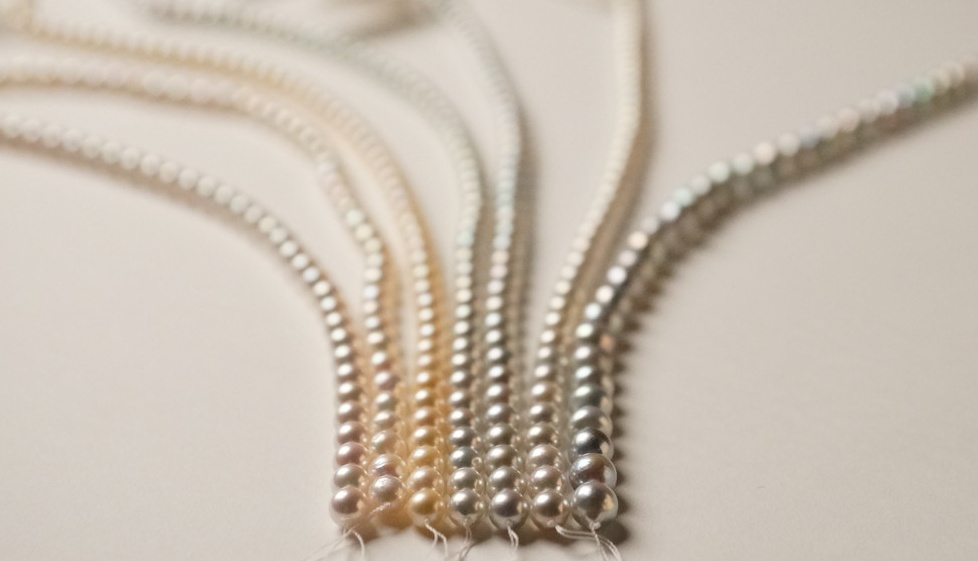
Cultivated in nutrient-rich waters, Akoya are beautiful even upon harvesting, but once they are sorted and processed these iridescent gems shine even brighter. Akoya pearls are sorted and processed in Kobe, and then strung before shipping. Those ranked highest are light pink and perfectly round. Non-spherical baroque pearls have become popular in recent years for their one-off uniqueness.
Nagasaki Origins
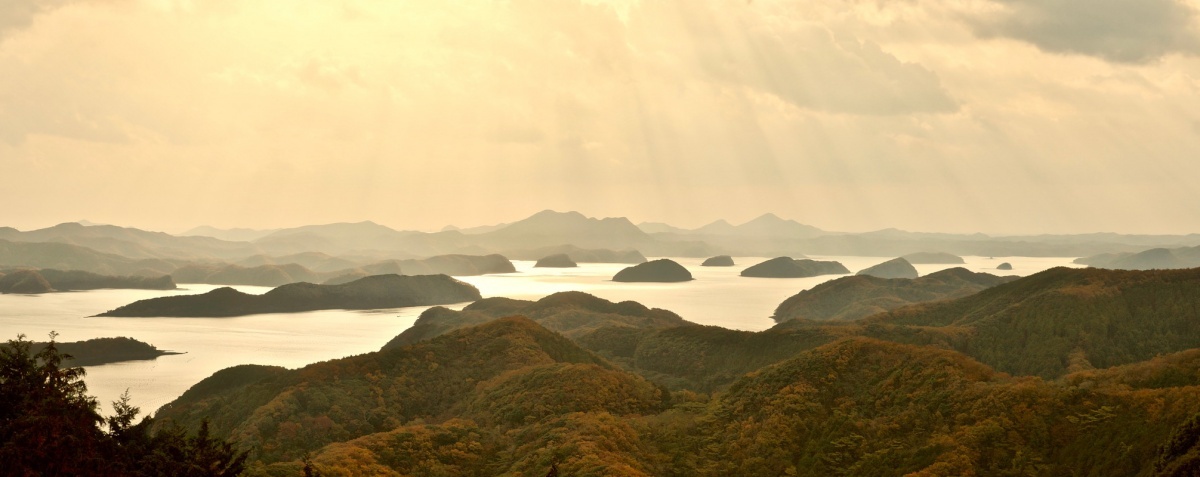
Any tale of pearls and their beauty must start with the sea. Akoya pearls are grown off the island of Tsushima in Nagasaki Prefecture, some 120 kilometers from Kyushu. The biodiverse coastline here is ideal for their cultivation. Tsushima ranks along with Uwajima in Shikoku and Ago Bay in Mie as one of the top three pearl-farming regions in Japan.
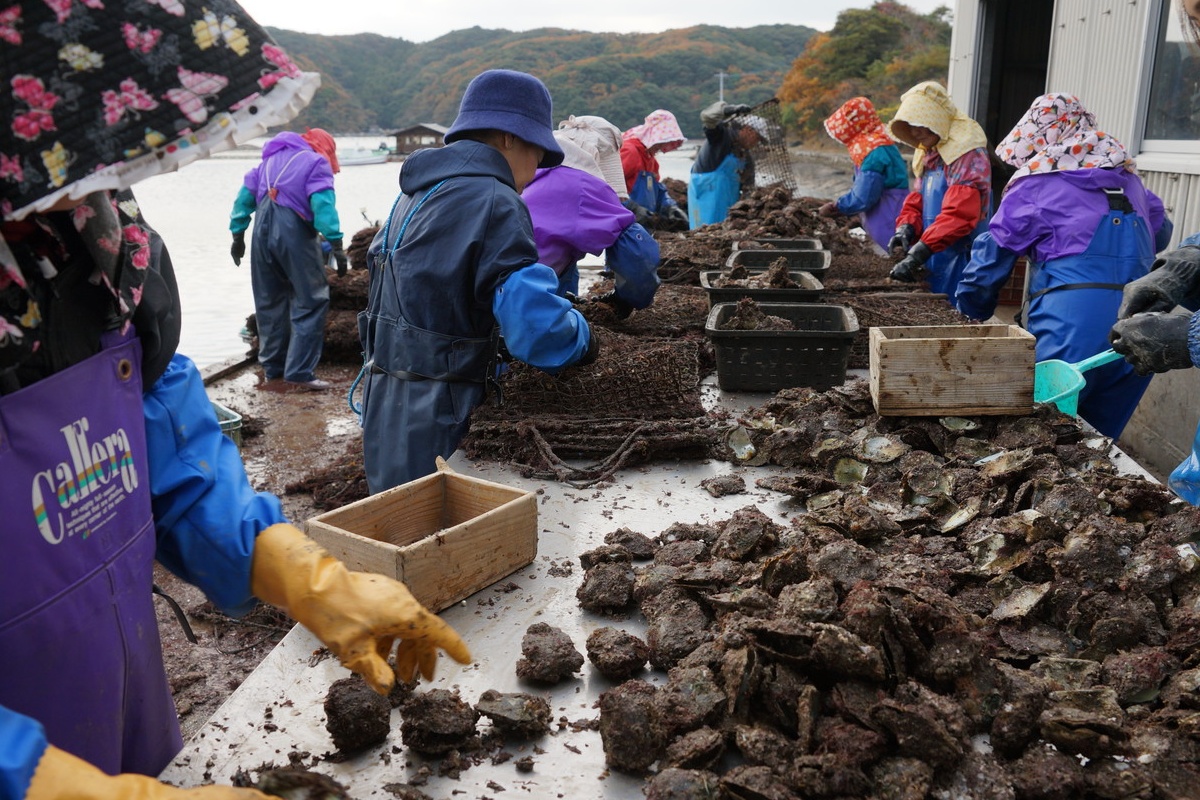
Each year at the end of November, oysters cultivated a year or two earlier are hauled up onto the shore by workers at Kitamura Pearls. With an early-morning start, as many as 50,000 of the shellfish are harvested each day. Workers collect the pearls as well as the adductor muscle, which can be eaten. The shells, too, are sorted for use in crafts.
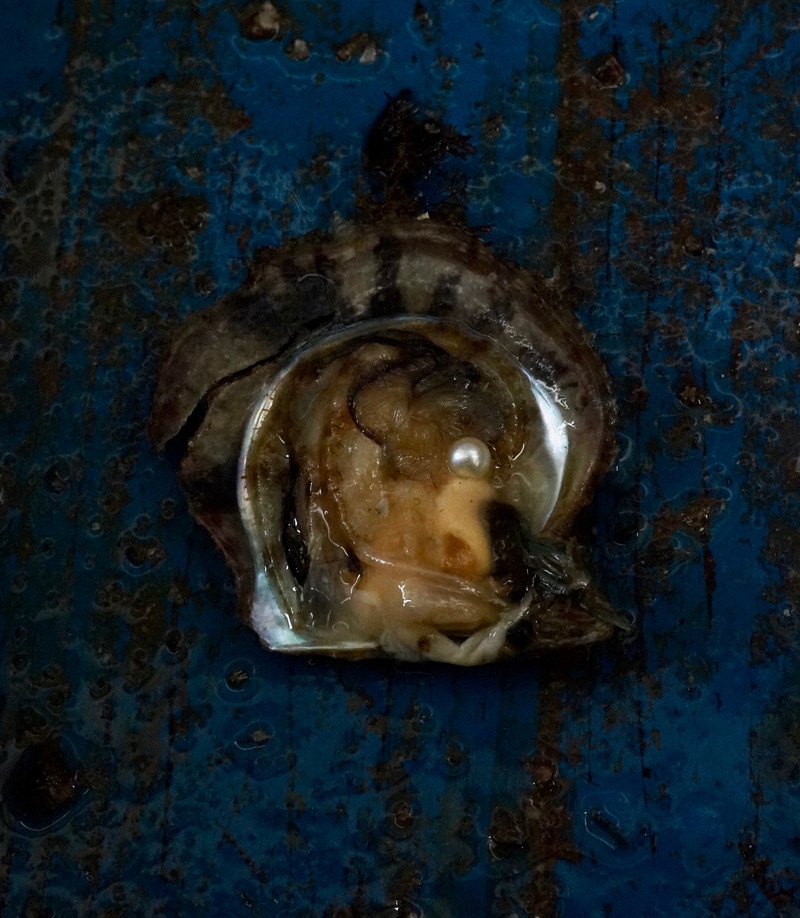
Pearl culture begins with the artificial fertilization of oyster larvae, or spats. After two to three years of growth, the shellfish fry are ready for nucleation—the most critical part of the culturing process.
The nucleus, or what will become the core of the pearl, is a rounded shell fragment about 6 millimeters in diameter, from an Eastern Asiatic freshwater clam grown in the United States, in Mississippi. With surgical precision, a trained technician uses a special tool to insert the nucleus into the oyster along with a mantle graft. Thus cultivated, the oyster is placed with others in a mesh bag and hung from a raft moored in the ocean. From April to January, they feed off plankton. Proper nutrition for the oyster crop affects the pearl harvest greatly, and oceanic conditions are monitored carefully.
Meanwhile, what is happening inside the shell? First, the grafted mantle divides and wraps itself around the nucleus, creating a sac into which layer upon layer of crystalline nacre, formed mostly of calcium carbonate, is secreted by the oyster to enwrap the core.

The lustrous inside of the shell—mother-of-pearl—is smooth, shiny, and multihued, just like the pearl. Indeed, these materials are one and the same. How provocative, even mystical, it is to consider that inside and out, the iridescent pearl and the shell that protects it are the very same!
One layer of nacre is 0.2 to 0.5 microns thick. (A single micron is one thousandth of a millimeter.) As the nucleus is six millimeters in diameter, it follows that anywhere from 1,000 to 2,500 layers of nacre are needed just to form a 6.5-millimeter pearl. Such a complex crystalline matrix ensures that each pearl is unique, with its own depth of color and shine.
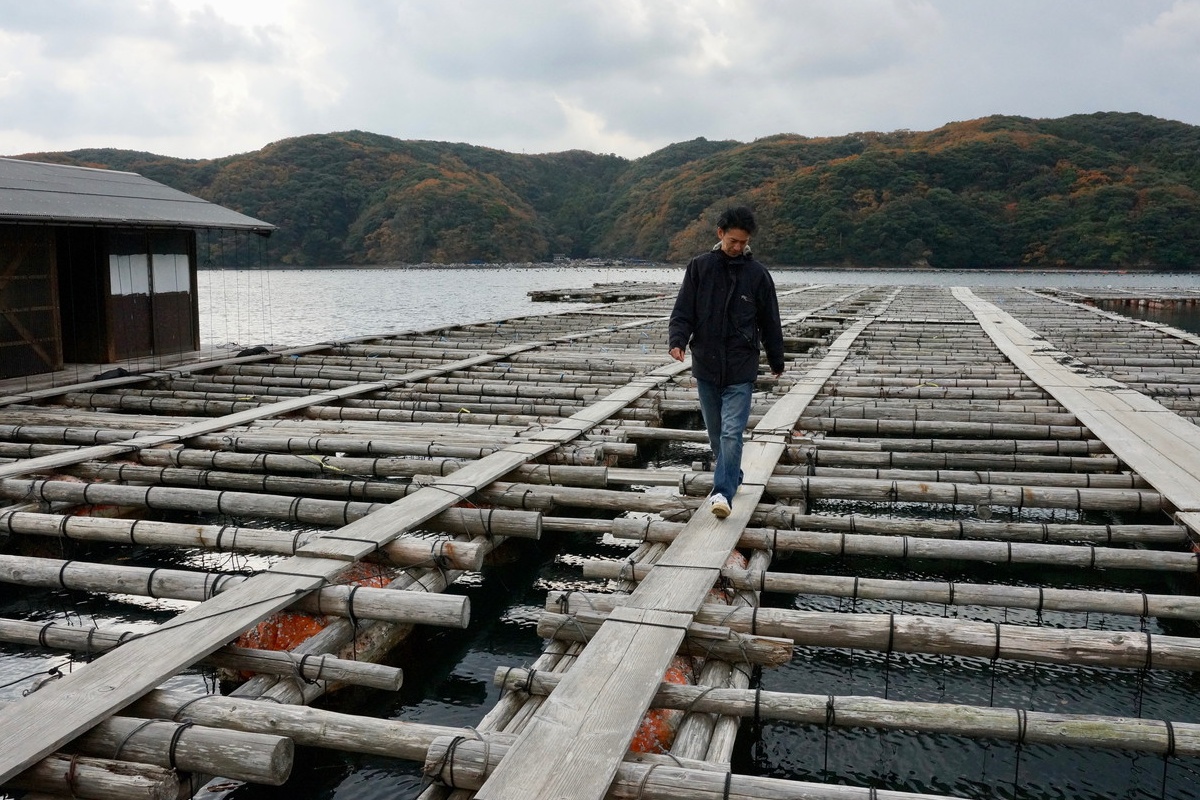
Not every oyster will produce a pearl. Occasionally the core is spit out into the sea, and some oysters expire before their work is done. Barnacles and sea squirts can attach themselves to the shells, effectively starving the host. Kitamura Pearls regularly checks its growing beds for these parasites, which are removed by hand. The longer an oyster is left to grow, the larger its pearl becomes, but as an aging oyster nears death it secretes a substance that turns the pearl a dull matte white. The timing of the harvest is critical.
In the winter months nacre levels drop, but the thinner layer results in a delicate surface that gives a pearl its special radiance. In the last week or so before harvest, water temperatures are measured, samples from each lot are tested, and decisions are made on the best timing for the haul. Despite these efforts, some 45 to 55 percent of the oysters will have died, their pearls gone lusterless. Colors and shapes vary among the rest of the crop, and not all are spherical.
With so many factors affecting production, it seems a wonder that whole ropes of delicate pink pearls, considered the most precious, can even be possible. While the seasoned skills and exacting standards of growers play a huge role in creating these gems, the real benefactor is of course Mother Nature—and the delicate dance between sea and shell that ultimately cannot be controlled.


